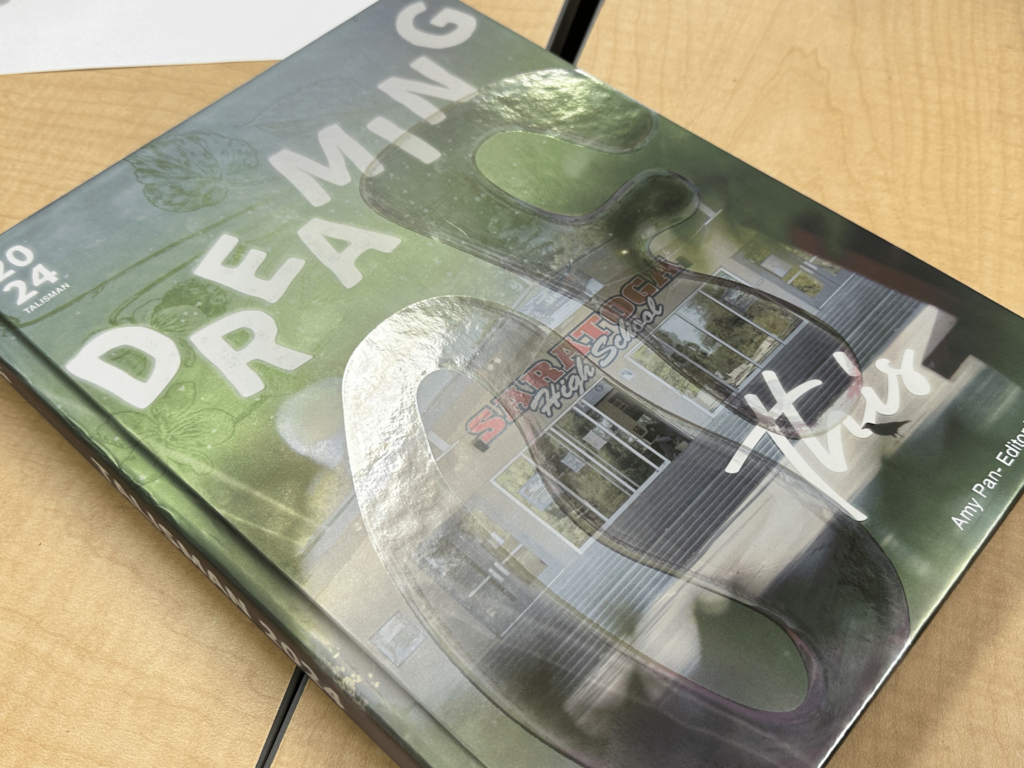In 2016, more than 4.7 billion things were connected to the internet, according to Internet of Things (IoT) Analytics. In 2021, the IoT market will projected to increase to nearly 11.6 billion IoT devices. And by 2025, it is estimated that there will be more than 21 billion internet-connected devices.
Because of the rise of artificial intelligence (AI) and the enormous production of new IoT devices being created every day, the IoT club offers students ways to become innovators themselves by working with hardware and software programs, including Arduino and Raspberry Pi. The IoT club meets every Monday in AP Calculus AB and Algebra 2 Honors teacher Meghan Pickett’s room.
The roughly two dozen members of the club are from all grades and work together on a long-term project, such as an automated drone or a smart coffee maker than can track people’s location and prepare coffee for when a person arrives home. In the process, members of all skill levels can learn how to code and integrate it with the hardware provided.
Senior co-president Rishi Jain said the goal for the single project is to invent a new product or modify an existing one that helps the environment. The project can be anything from coding a drone with the purpose of planting seeds to creating a smart watering system that uses weather and soil data to conserve water.
In terms of the year-long project, Jain said it is still being decided. Some environmental project ideas include a shower time regulator to control the amount of time people spend in the shower to know how much water they have used, and a drone to spread seeds to plant trees.
Some of the club’s officers include Jain and fellow president, senior Ujjwal Krishnamurthi, and the vice-president, sophomore Alexander Yang.
As well as building the year-long project, members of IoT sometimes go to Bachrodt Elementary School in San Jose to teach hardware and software classes to fourth and fifth graders. The officers, who prepare a lesson plan beforehand, hold class every Wednesday for an hour and a half with the help of volunteers from the club.
Jain explained how in the hardware class, members introduce new input and output devices and teach the students how to build circuits using the Arduino module. In contrast, the software class introduces programming using conditional statements, loops and other statements using Scratch, a block-based visual programming language online which is targeted primarily at children.
These students come from a variety of backgrounds, many of them wanting to be the first in their families to go to college. The idea of teaching these elementary school students is to introduce technology as a possible career option from a young age since many of the students do not have family members in the STEM field despite living in Silicon Valley.
For Jain, the teaching is mostly about the joy of seeing a kid first get interested. He has noticed that as soon as they get interested, they tend to learn more and absorb the lesson.
“It can often be tough to certain kids interested, but it's worth the struggle because oftentimes they turn out to be the students who have had the least support but have the most to give,” Jain said.
Once the project itself gets started, the club will have some meetings outside of the lunch meeting to begin building it.
“It does require a lot of work and patience, but it is a ton of fun to build with a team and be able to produce an end product that you’re proud of,” Jain said.


























